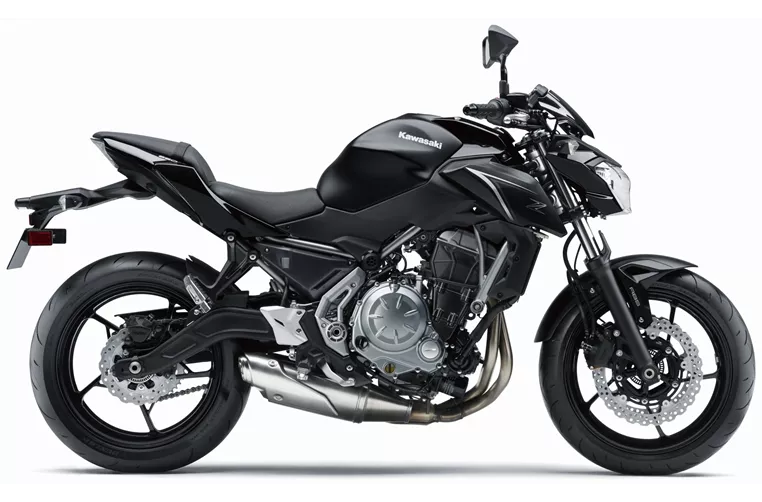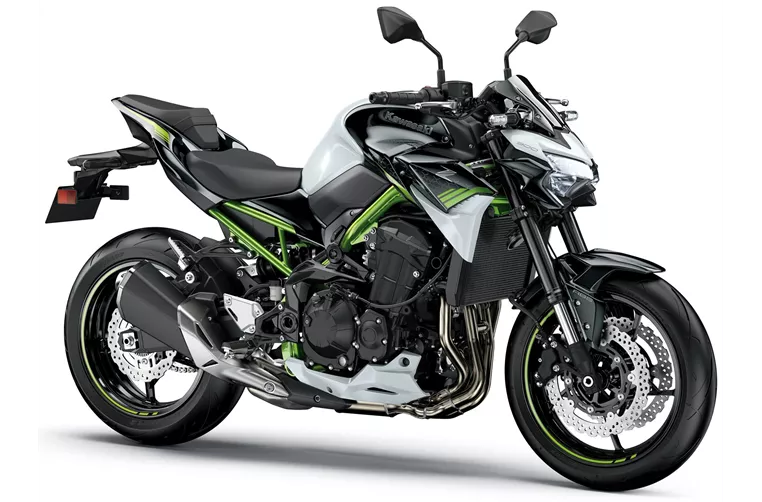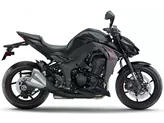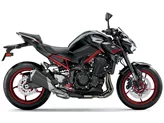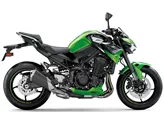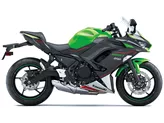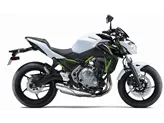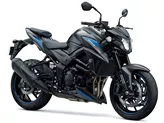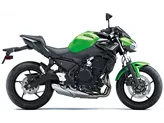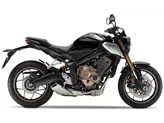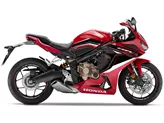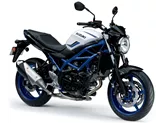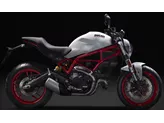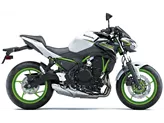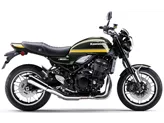Kawasaki Z650 2017 vs. Kawasaki Z900 2020
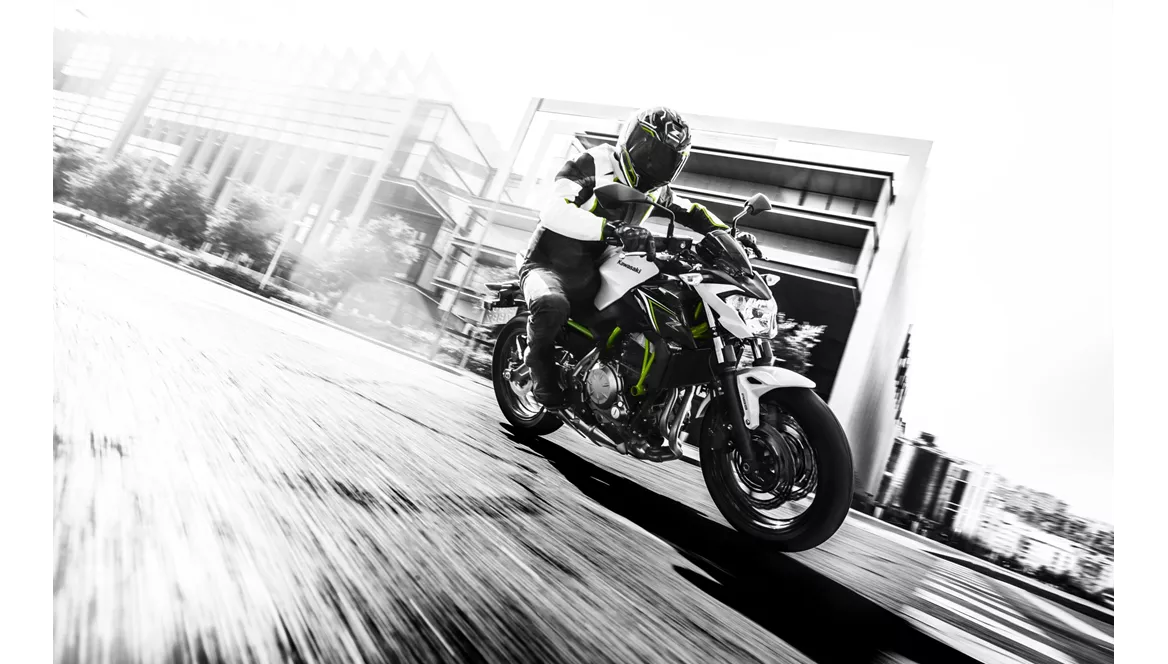
Kawasaki Z650 2017
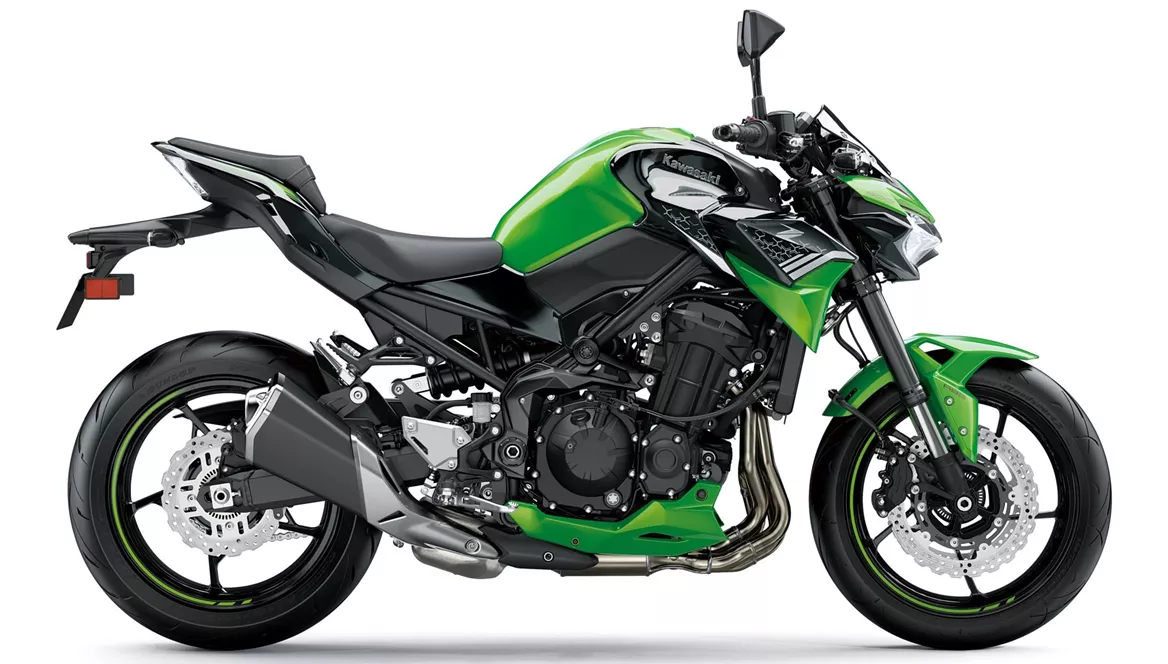
Kawasaki Z900 2020
Overview - Kawasaki Z650 2017 vs Kawasaki Z900 2020
The Kawasaki Z650 2017 and the Kawasaki Z900 2020 are both naked bikes from Kawasaki, but they have several differences in terms of specifications and features.
Starting with the engine, the Z650 2017 is equipped with an in-line 2-cylinder engine with a displacement of 649cc, producing 68.2 horsepower and 65.7 Nm of torque. On the other hand, the Z900 2020 features an in-line 4-cylinder engine with a larger displacement of 948cc, delivering a more powerful 125.4 horsepower and 98.6 Nm of torque. This makes the Z900 significantly more powerful than the Z650.
In terms of suspension, both bikes have a swing arm rear suspension with a monoshock absorber. However, the Z650 2017 has a telescopic fork front suspension, while the Z900 2020 is equipped with an upside-down telescopic fork front suspension. This difference in front suspension design can affect the handling and stability of the bike.

Kawasaki Z650 2017
Both bikes have a steel frame, but the Z900 2020 features a double cradle frame, which provides better rigidity and stability compared to the tubular frame of the Z650 2017.
When it comes to braking, both bikes have double disk brakes at the front with a diameter of 300mm. However, the Z900 2020 has four-piston calipers, while the Z650 2017 has double-piston calipers. This means that the Z900 offers better braking performance and control.
In terms of rider assistance systems, both bikes come with ABS. However, the Z900 2020 offers additional advanced rider assistance systems such as riding modes, ride by wire, and traction control. These features enhance the overall riding experience and safety of the Z900.
In terms of dimensions and weights, the Z900 2020 has a slightly larger wheelbase of 1450mm compared to the 1410mm of the Z650 2017. The seat height is also slightly higher on the Z900 at 795mm compared to 790mm on the Z650. Additionally, the Z900 weighs slightly more with a kerb weight of 210kg compared to 187.1kg for the Z650.
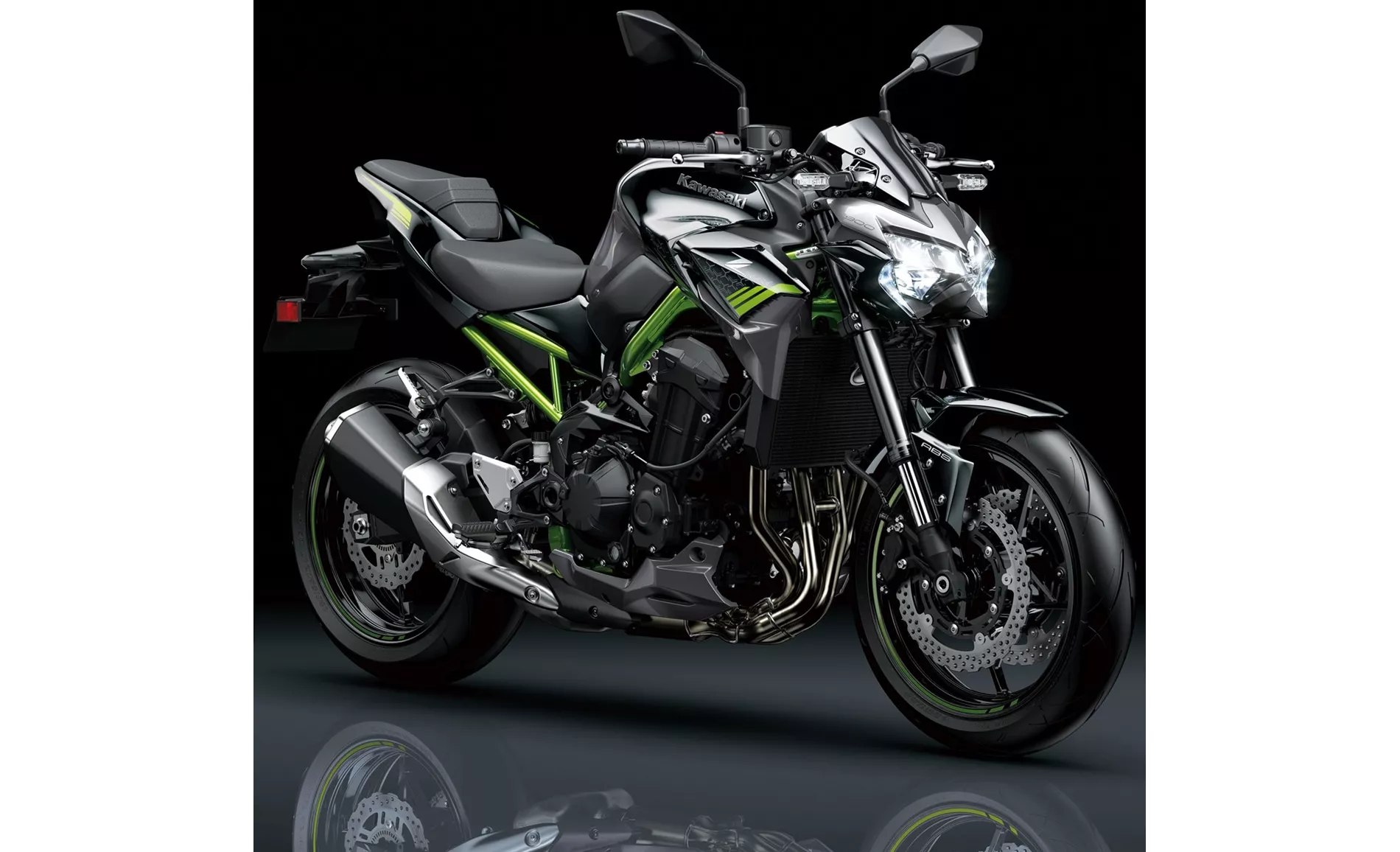
Kawasaki Z900 2020
In terms of strengths, the Z650 2017 is praised for its even power delivery, sporty chassis, compact dimensions, and negative display. On the other hand, the Z900 2020 is known for its powerful four-cylinder engine, great handling, good equipment, aggressive looks, and value for money.
As for weaknesses, the Z650 2017 is considered a little too small for tall people. On the other hand, the Z900 2020 has been criticized for its somewhat tiring menu navigation and the absence of a quickshifter option.
In conclusion, while both the Kawasaki Z650 2017 and the Kawasaki Z900 2020 are impressive naked bikes, the Z900 offers more power, advanced rider assistance systems, and improved braking performance. However, it is important to consider personal preferences, budget, and intended use when choosing between the two models.
Technical Specifications Kawasaki Z650 2017 compared to Kawasaki Z900 2020
Pros and Cons in comparison
Pros and Cons in comparison
Kawasaki Z650 2017
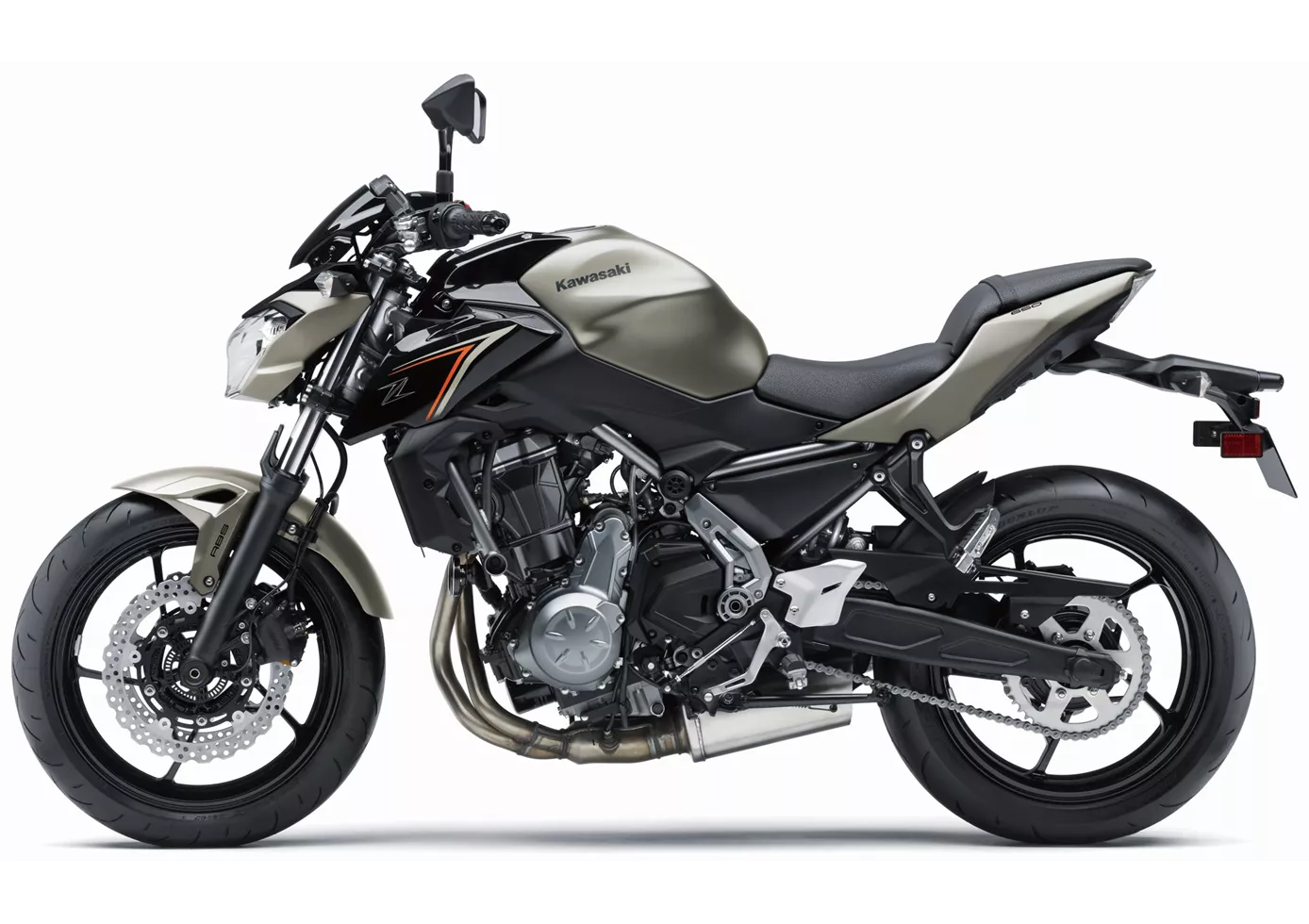
The Kawasaki Z 650 is the tip of the middle class for small male and female riders. On its compact dimensions, you probably won't feel comfortable as a giant. Heart-warming feelings, however, come from the engine, which delights with a very smooth pull. On the chassis side, a Kawasaki-typical tight set-up was chosen, which finds a great compromise in everyday use. The negative display is very easy to read and is reminiscent of its predecessor, the ER-6n - very nice!
Kawasaki Z900 2020
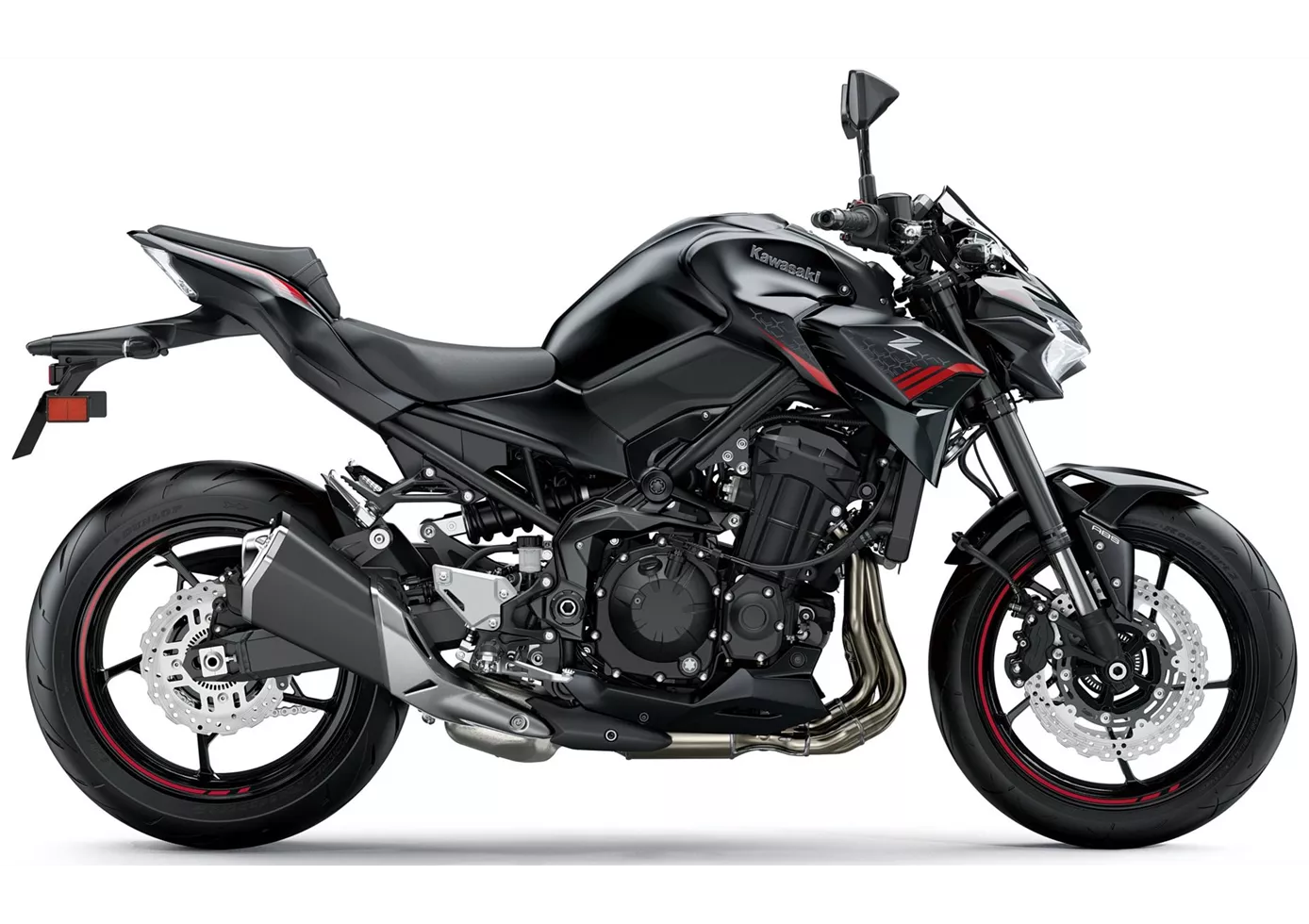
In terms of price-performance, the Kawasaki Z900 is hard to beat at the moment. With the perfectly tuned engine, the high-quality chassis components and the electronics added for 2020, this naked bike offers everything that sporty riders will be looking for. There is really nothing to complain about, even if the option of a quickshifter would have been a nice extra. Apart from that: great shot, Kawasaki!
Price Comparison Avarage Market Price Kawasaki Z650 vs Kawasaki Z900
There are a few key differences between a Kawasaki Z650 2017 and a Kawasaki Z900 2020. In terms of price, the actual average price of a Kawasaki Z900 2020 is about 46% higher. Compared to Kawasaki Z900 2020 there are less Kawasaki Z650 2017 bikes available on the 1000PS.de Marketplace, specifically 11 compared to 34. It takes less time to sell a Kawasaki Z650 with 76 days compared to 124 days for a Kawasaki Z900. Since model year 2017 1000PS.de editors have written 31 reviews for the Kawasaki Z650 and 46 reviews for the Kawasaki Z900 since model year 2017. The first review for the Kawasaki Z650 was published on 08/11/2016 and now has more than 25,000 views. This compares to more than 93,200 views for the first review on Kawasaki Z900 published on 11/11/2016.
